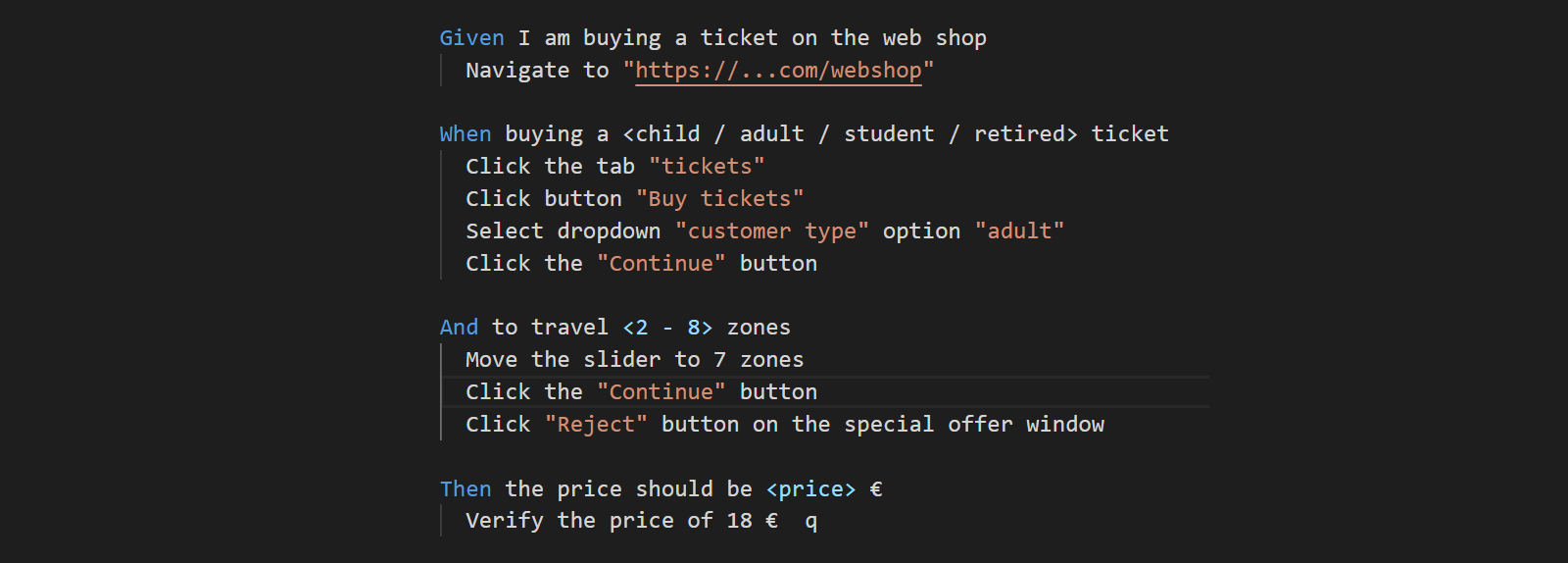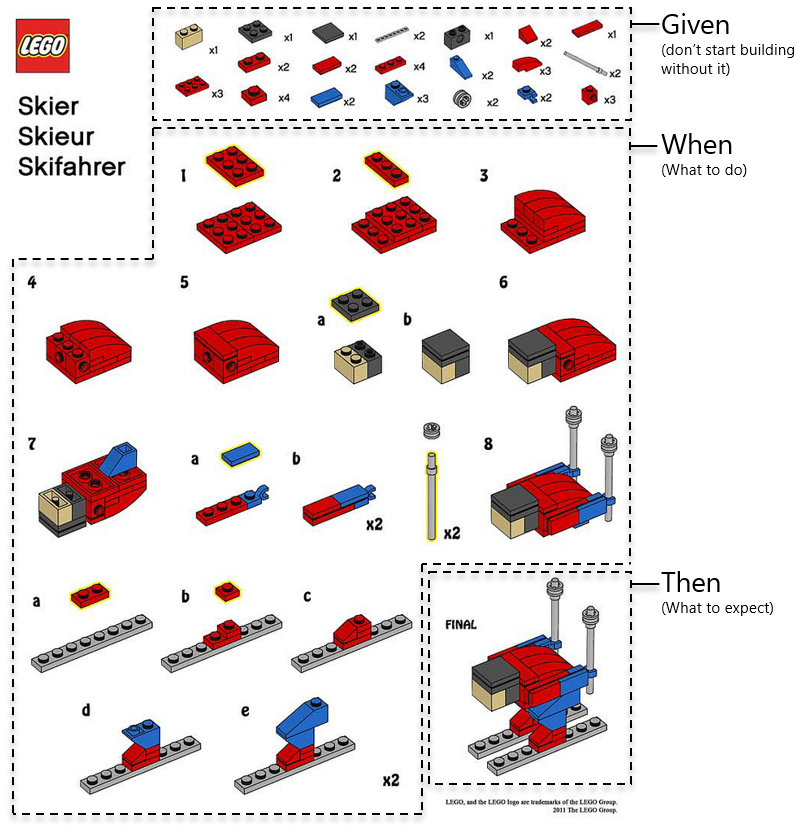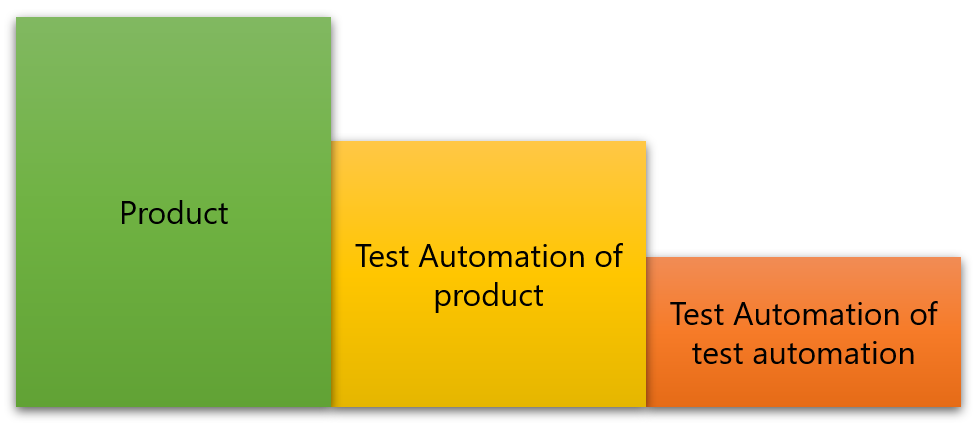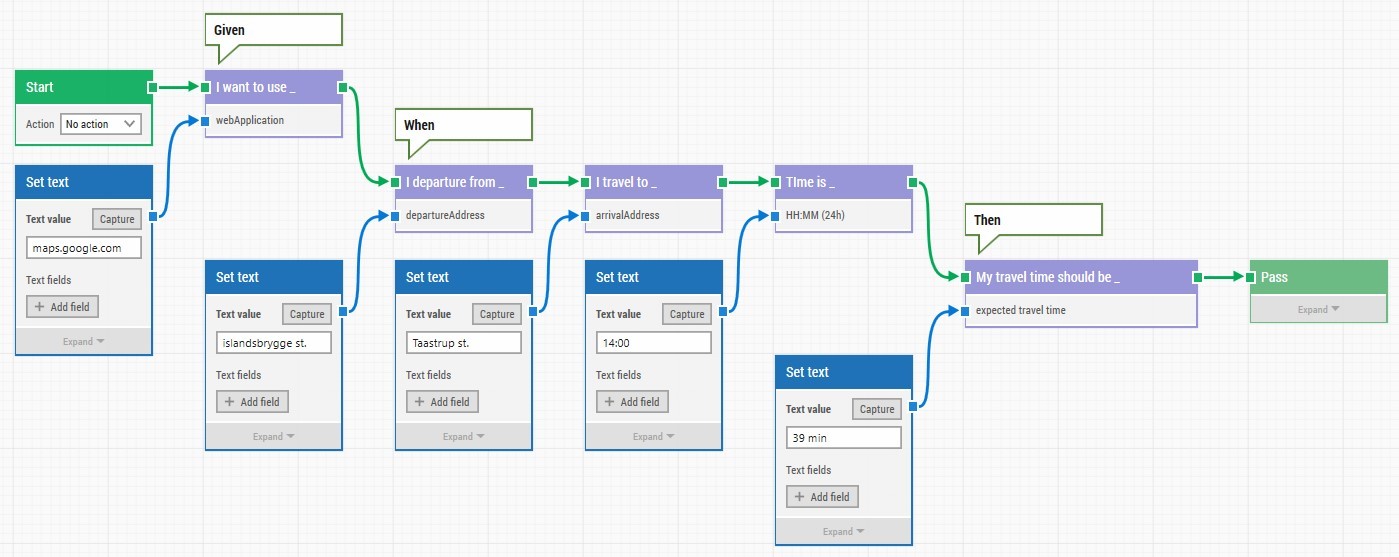Types of Behavior Driven Development (BDD)
Introduction Many test-automation-frameworks support Behavior Driven Development (BDD), but they differ in how they apply BDD. There are at least three layers of BDD: Keyword Driven BDD Process Driven BDD Model-Based Testing Both Keyword and Process-driven will be explored in this article, while Model-Based Testing will come out next...
Read More
Write better specifications with testing
Introduction A specification written by the customer – often ends as incomplete, fragmented and with parts that contradict each other – makes it difficult to build for the engineers. A specification written by the engineer – often ends with a focus on details than on needs, and to difficult...
Read More
Write better documentation with testing
Introduction Documentation is “How a product is expected to be used” and needs to be accurate, understandable, and up-to-date. Documentation that is: Accurate can become long and cryptic (bad for understanding and updating) Often updated, can become fluffy and fragmented (bad for accuracy and understanding) Understandable can become long and shallow...
Read More
Definition of a test case
Introduction A test case describes the properties and behavior of a system. Knowing what a test case is, will improve your documentation, specifications, and code by making them testable and easier to read and understand....
Read More
Layers of Complexity and when to apply testing
Introduction Testing helps with complexity, but need to be applied at the right situation, to deal with complexity, without adding increasing it unnecessary. Complexity level 0 – clarity The code is simple and easy to read. How to deal with it: No need to test it and no documentation...
Read More
Blog Series: Behavior Driven Development in LEAPWORK
Introduction Concepts such as “Behavior Driven Development (BDD)”, the “Page Object Model”, “Unit-testing”, and “Context Driven Automation” are important for automation: BDD is used to include non-technicians in the software development process. The Page Object Model is used to encapsulate an interface (for example the interactive elements in a...
Read More





